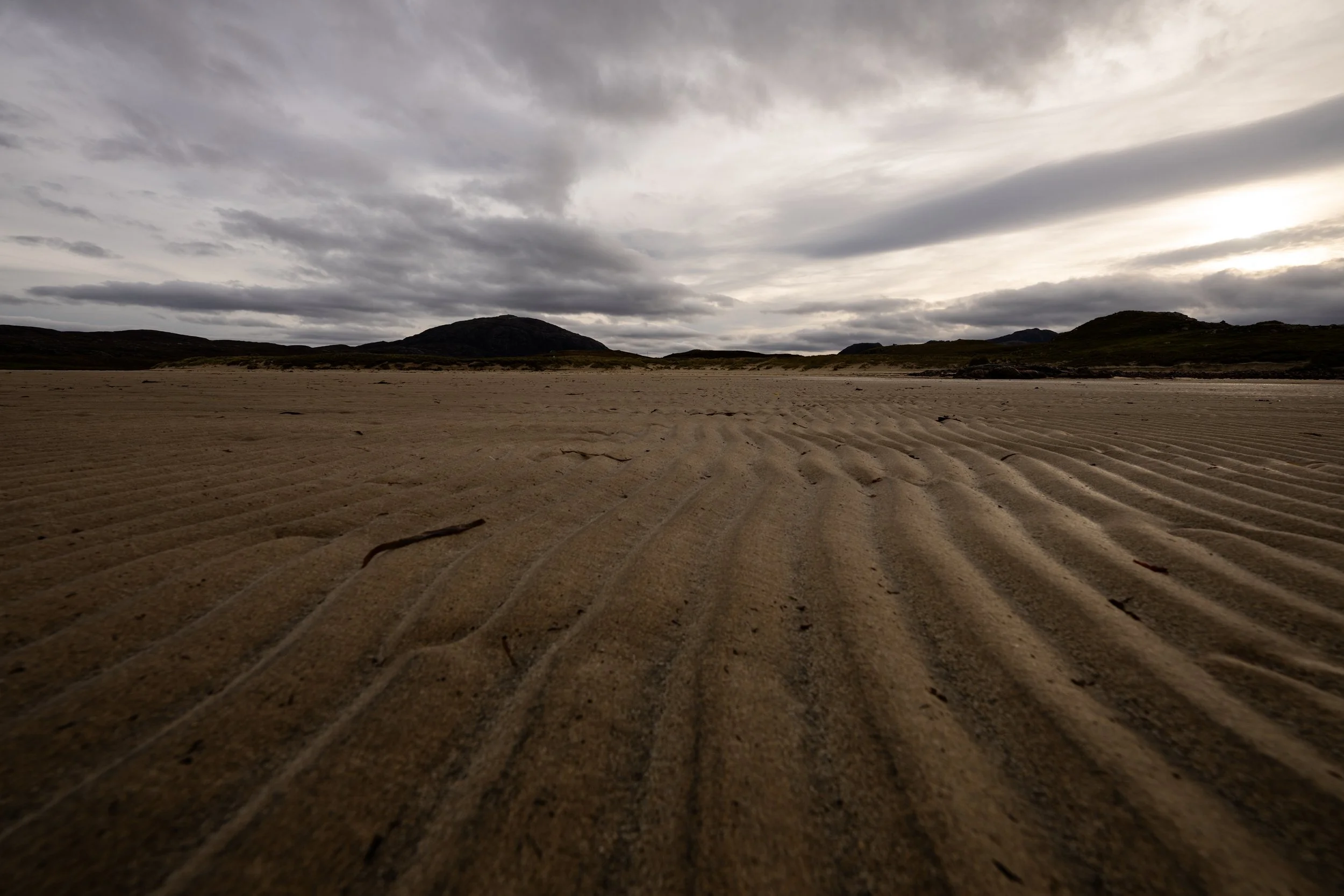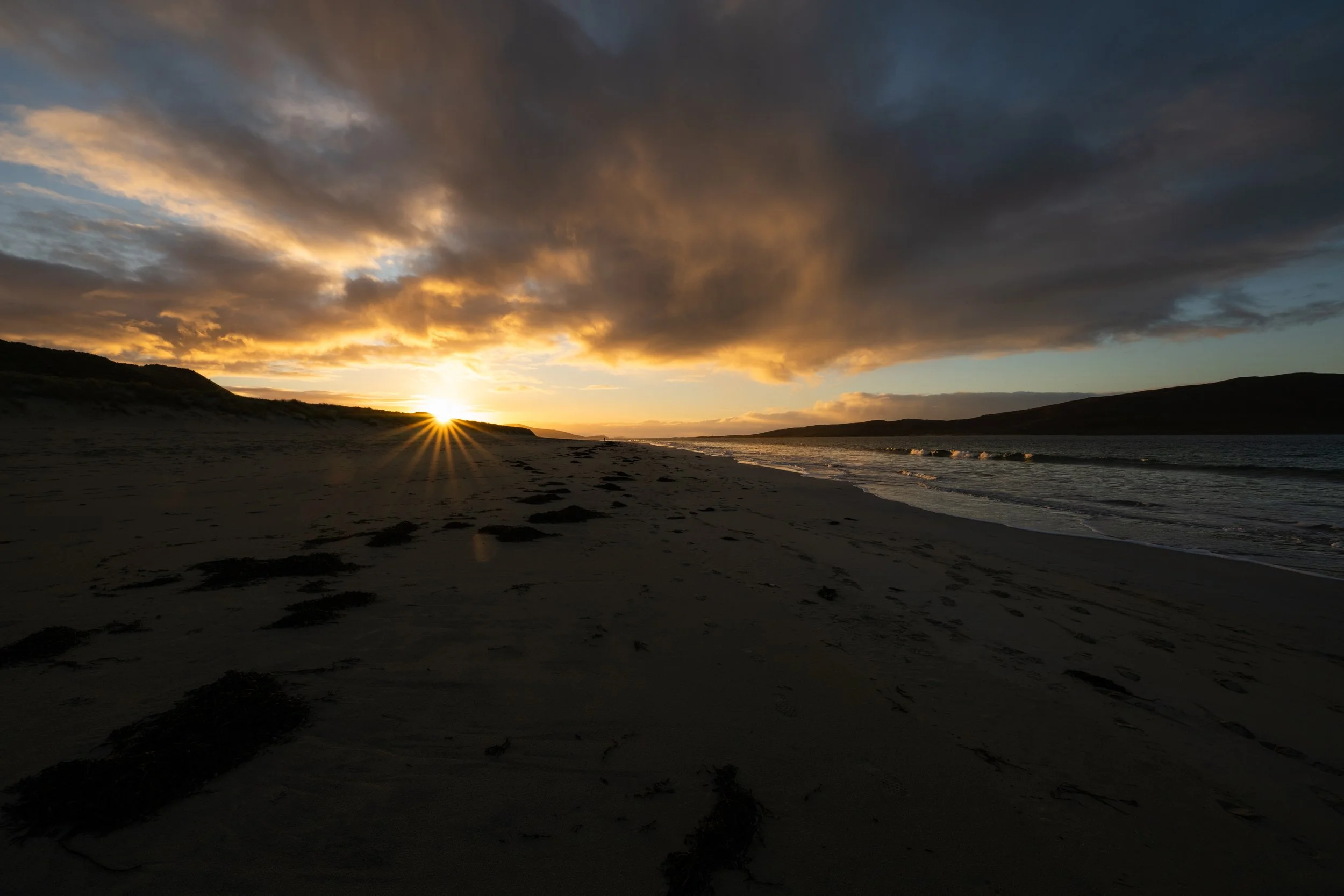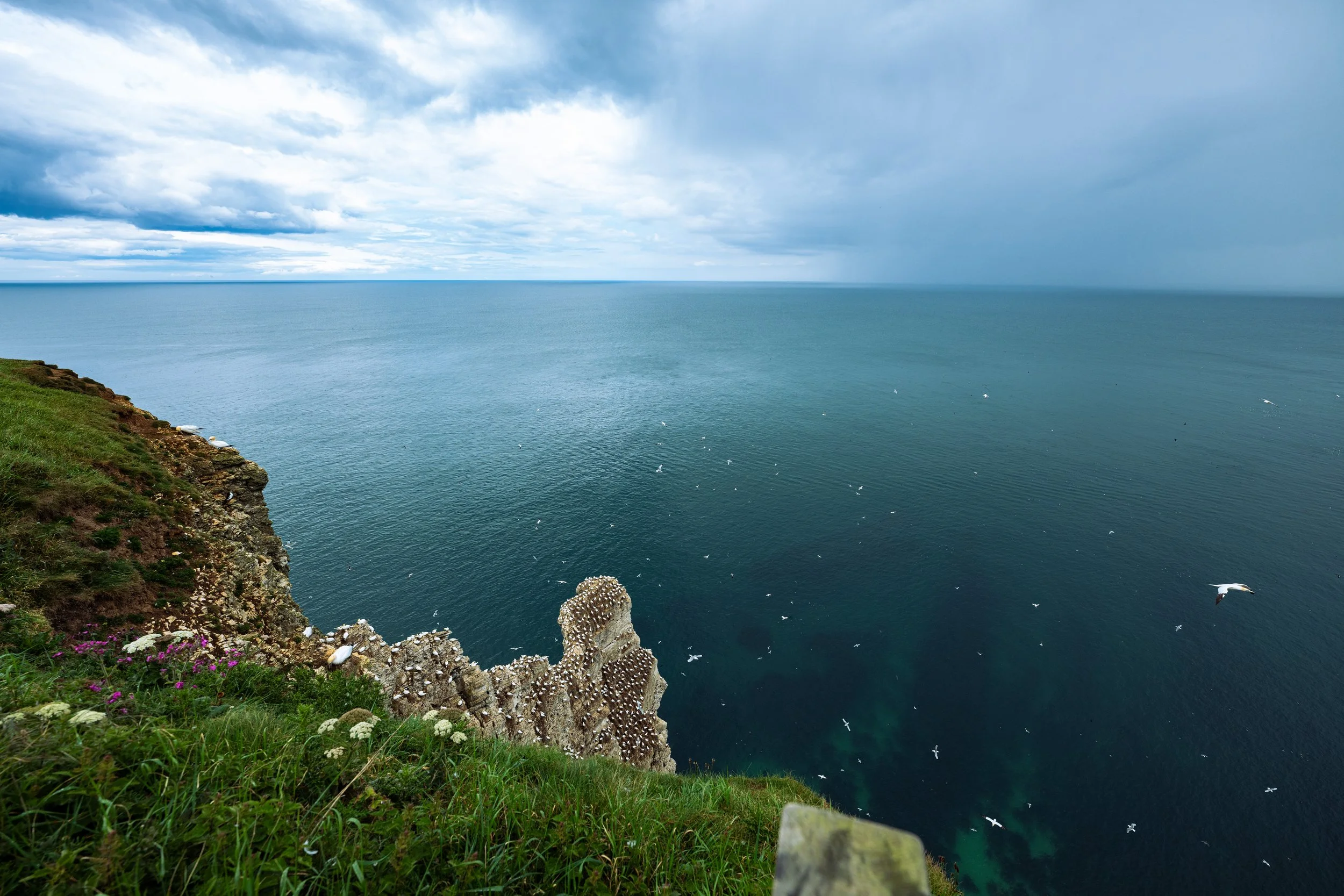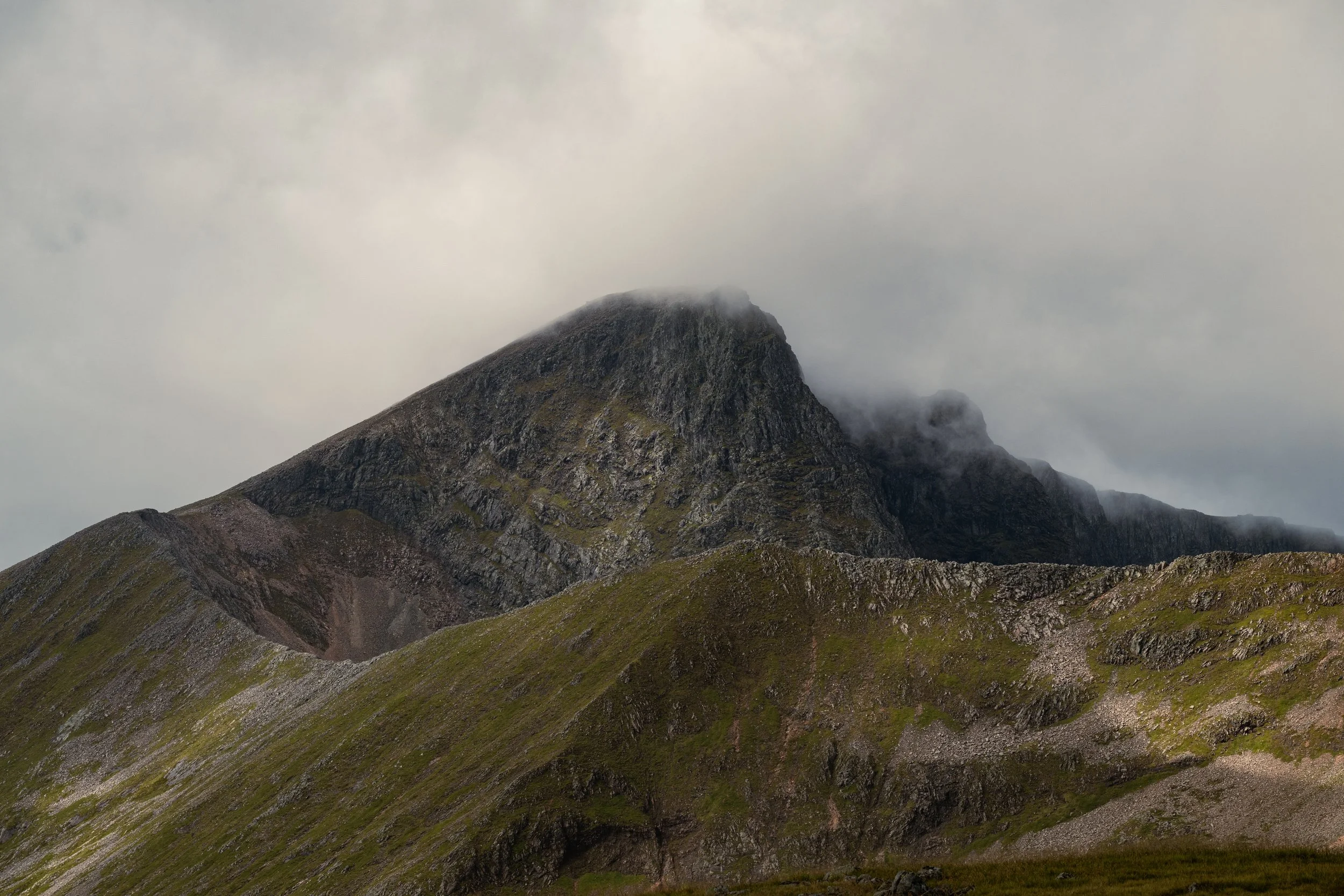What’s the best lens for landscape photography?
So, I’m risking opening a significant debate here, even with just the title of this post ! What is the best (or alternatively my favourite) lens for taking landscape shots?
Ask ten different photographers and you’ll get 20 different answers to this I reckon. Should you get a prime lens? A zoom lens? Wide angle? Telephoto? F2.8? F4? F1.2?!
There are loads of things to consider when it comes to lens choice, and arguably, lens choice makes a bigger difference than the camera body.
I will go through a variety of focal lengths and think about the pros and cons of each. Starting from wide angle all the way to telephoto.
Ultrawide angle (under 24mm)
14mm
This I think is the ‘go-to’ of most landscape photographers. When trying to capture that sweeping landscape and all the elements it contains, it is hard to argue against an ultrawide lens. For clarity I do not mean fisheye lenses as these cause obvious distortion which generally is something you don’t want (unless you’re making a rather individual style choice).
The ultrawide focal lengths really allow you to capture a huge scene and can give a photo a real feeling of space. As well as this they can really highlight things in the foreground - think a sandy beach framed by mountains (I will try to give good examples!). The foreground can really draw you in to the rest of the scene at these focal lengths and help guide viewers into the image.
As well as this, another benefit is that they have a huge depth of field. Because depth of field is influenced by focal lengths, really wide angle lenses will always have a great depth of field even at wider apertures. This means you can get everything in sharp focus which in landscape photography is a big plus.
So, great for full scenes, awesome depth of field, why wouldn’t you use these marvels of optics?
18mm
Firstly, they are a bit harder as a beginner photographer. If you’re picking up your first camera kit, and you want something easy to use where you can lift the camera and press the shutter with minimal thought, these aren’t the lenses for you. Because they are so wide, and really minimise your far away elements, you really have to think about composition. You have to spend time finding the right set up for the shot. You normally have to get low down and if you think you are close enough to your foreground elements, get closer. These lenses will make you think about what you are photographing and how it will pull the viewer into the image. If you don’t, they have a tendency to look flat and lifeless.
Secondly is price. Wide angle lenses all have distortion it’s just a fact. That means they bend elements that should be straight. However due to the nature of wide angle photography they will develop some distortion. Not as bad as full fisheye but it is still there. This can be corrected in post, but it’s always nicer to not need to. Unfortunately, often the big difference is price. Pricier lenses are generally better for reducing distortion. Cheaper lenses often have worse distortion. So there is an element of you get what you pay for. Sadly though, that price is not cheap!
So wonderful for photography, but expensive and harder to use.
Wide angle lenses (24mm to 35mm)
24mm
Ok I’ve set my stall out here by calling wide angle lenses 24-35mm - cue intense debate!
But realistically this is classic ‘wide angle’ territory.
Wide angle lenses allow less of the scene in than ultrawide, but also create less foreground enhancement. They still will capture a wide ranging environment, and will give some priority to foreground elements, just to a lesser degree than ultrawide. The downside to this is obvious - there’s less you can fit in a scene. I’ve often been at the top of a mountain with a lens of minimum length of 24mm and wished for wider to capture more of the scene. You may also find subjects harder to place into the scene, as with less foreground enhancement you get less focus to bring you into the image.
But don’t despair! These focal lengths are great in a different way.
Firstly, they are great for subjects (I mean people) in landscapes. There’s a reason 35mm is popular with portrait photographers - it’s a great focal length for having a person in a scene whilst also highlighting the scenery around them. Where ultrawide lenses are rather unflattering for capturing people, 24-35mm is a much better range for having that shot of your friend looking out over a sunset, or getting a great background of mountains after a long hike with your partner.
There is also another benefit. Cost! Lenses with these focal lengths are very common. In fact they are often part of a ‘kit’ where the lens comes with the camera for a cheaper price. Kit lenses aren’t for everyone and I’ll discuss that another time, but generally they are fine for landscapes and are readily available for budget friendly prices. Even higher end lenses of these focal lengths are often available relatively cheaply.
It’s also worth noting these lenses are what most people are used to. Most people with a camera will have a kit zoom with ranges somewhere in the region of 24-70ish depending on brand, so if you’re just getting used to cameras it’s likely this is what you’re using. And if you’re most comfortable with this range, then that’s the best lens for you.
Normal focal lengths (35mm-60mm)
50mm
Again debatable what counts as normal but generally these are the lengths that roughly simulate human vision. Reproducing our eyes is obviously not something cameras really do, as they lack peripheral vision, but rule of thumb is that roughly these lengths are a natural length of human vision. That means they reproduce the same level of depth compression as a normal human. So no oversizing foreground or compressing backgrounds.
These focal lengths are somewhat ‘jack of all trades’. They will be used for portraits for example, but many argue that 85mm is better. They will be used for landscape, but many say they are neither wide enough nor long enough.
However, in certain situations these focal lengths are perfectly useable as landscape lenses. Often this will involve having some form of subject, a tree, a cliff face, a pier as a focus point of your image. They need something to make the eye look into the image. As there is no way of enhancing foreground with these lenghts, they really do require a subject. However they also don’t need as much thought regarding it - get that subject in frame and shoot! It will look natural and generally be very easy for a viewer to look at. There won’t be any uncomfortable distortion and the image will seem natural to anyone seeing it.
These lengths are also ones people are comfortable and familiar shooting with as again often included in kit lens zooms. They also are often great value as a result and are easy to pick up and use. As well as this, you can use them for other photography as well, where other focal lengths are not going to be particularly useable. So whilst these are not your classic focal lengths, don’t discount them.
Telephoto (60mm to 200mm)
120mm
So I’ve somewhat lumped short and medium telephoto together here. Obviously this is a relatively wide range of focal lengths so there are some differences throughout the range.
Telephoto lenses are not all that common in landscape photography. Generally because they create background compression, ie they shrink the amount of background that appears in an image. If you position a subject so they are the same size in frame with a short lens and a long lens - there will be more background visible in the short lens.
This means it is very hard to get a lot of a scene into a shot with a telephoto lenses due to that compression. However they can still be very useable.
There are times when there are details of something relatively distant that you want to capture. Say for instance there is a rock formation, but between you and it there is a cliff. Well then, this is what telephoto was made for! You do find relatively often out hiking that something really interesting is just out of reach, or there is a lovely framing of a rocky outcrop with a mountain backdrop that is just too far for your wide angle to capture properly. This is where telephoto is really useful. And indeed the background compression can actually be really nice for framing a background in the image.
The level of compression obviously depends on exact focal length but it can be a useful tool for removing distractions from your shots.
There are downsides. Telephoto lengths do suffer from depth of field issues for the same reason ultra wide has great depth of field. This means you often find yourself pushing up the f stop, with the loss of sharpness that can entail and loss of light. On the flip side, sometimes you may want some soft focus areas in your scene in which case this is the range for you!
Dependent on lens choices these are often still relatively affordable lenses and there are also numerous lightweight versions of these around in most brands, meaning that there are lots of choices no matter your budget.
Supertelephoto (200mm plus)
300mm
Ok, so who thought they would bring their wildlife lens for a hike?
Yes these lengths are normally the pursuit of sports photographers, wildlife and sometimes motorsport.
They take the telephoto advantages and increase them. That nice rock on the other side of the valley? Easy. That waterfall high up the hillside? No problem. A supertelephoto allows you to get the shots that otherwise are mere specks in the vastness of your wide angle landscape image.
The background compression turns up a notch too. If you want to avoid any form of distraction from a landscape subject look no further. This range of lengths will ensure you have one subject. Even if snapping a distant mountain this sort of length will generally exclude all else from the image allowing you sole focus on your chosen subject.
So surely it’s this or an ultrawide angle chris? You seems to wax lyrical about these.
Whilst yes I see big bonuses for these lenses there are still drawbacks.
The compression ain’t to everyone’s liking for a start. But more pressing is size. These lenses are often big, heavy and bulky. They are not what you’d often call portable. As such they don’t work for a quick a light hike up a mountain. If youre planning to sit them on a tripod for hours fantastic. And you might catch some wildlife too! But these are not simply walkabout lenses.
As well as this they too, like ultrawide, often come with a significant price tag. And generally they are better suited for wildlife etc. So if youre planning on only getting a lens for landscapes, think carefully before going for a supertelephoto.
Zoom vs prime, and the aperture question.
Aah the age old question. Zoom or prime. I’m going to do something I rarely do. I’m going to pick a side.
It’s zoom.
Ok so primes may be sharper. Primes may also often be smaller and more portable. They also are faster lenses normally with wider apertures.
But for me, in landscape, where often you are hiking into the distance, or carrying all your camera gear and food and clothes - you cannot beat the versatility of a zoom lens.
The ability to change focal lengths depending on the scene, and take different types of photo is hard to beat. And a good zoom lens can replace a whole bag of primes for landscape, meaning that overall they can work out smaller and lighter.
The other reason a zoom is better is aperture. So yes a prime can often open wider and sharper. But that doesn’t normally matter in landscapes. In landscape photography I am normally looking for my whole scene to be in focus. That means an f stop of 8 or above in most situations. So I don’t need the wide apertures that primes can offer me.
That also has an affect on sharpness. By f8 the difference in sharpness between most lenses is pretty negligible. Unless you are a true pixel peeper, you are unlikely to tell the difference between an image shot at 85mm f8 prime and 85mm f8 on a zoom lens (assuming comparable age etc). So really the benefits of primes lenses in terms of sharpness and aperture are somewhat irrelevant in landscape photography. Which means that, to me at least, the zoom versatility will always win.
A note on night photography.
So some of the above goes a bit out the window at night. Night time and low light is where having a wider aperture can really save the day for the obvious reason of more light getting to the sensor. This is a time where it is worth getting the f stop down and accepting loss in depth of field. This also generally means no supertelephotos, as unless you have money to burn, these likely have limits of f4 for aperture at best.
There is of course astrophotography but that is an entirely different subject that I will cover some other day.
So what do I carry?
My normal set up for hikes up mountains and long treks is two lenses. A 14-24 f2.8 ultrawide angle zoom lens and a 24-120 f4 midrange zoom.
I find this combination covers me for 99% of landscape shots I would want to get whilst also maintaining relatively low size and weight numbers. Of course I also carry my Mavic 3 pro drone so I am also well set up there which helps.
I do sometimes on shorter hikes bring along my 100-400 f4.5-5.6 supertelephoto but only if I have a specific shot in mind as the size and weight of this lens make it a big commitment to add to the bag on my back!
Essentially it boils down to what you’re comfortable using.
If you want to learn more about any of these lenses or want to improve your skills and landscape compositions, you can always contact me to arrange a photo trip or course to help bring your photography up a level and get the most out of your gear.





